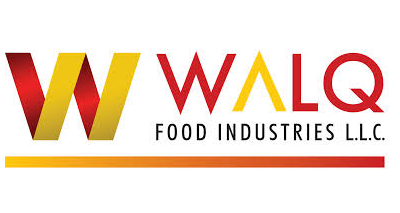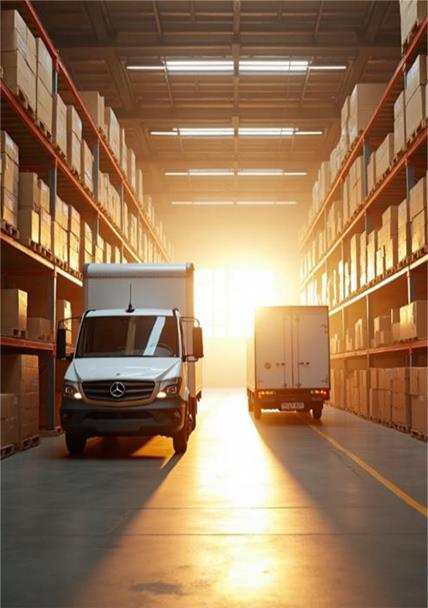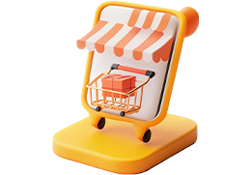Fuel, Food, and Fear: The Human Cost of Middle East Instability
Fuel,
Food, and Fear: The Human Cost of Middle East Instability
In times of
conflict and rising tensions across the Middle East, the damage goes far beyond
politics. One of the most direct impacts is felt through the disruption of
supply chains the invisible lifelines delivering food, fuel, and medicine to
millions.
Supply chain
disruptions don’t just affect businesses; they affect people. When goods stop
moving, lives slow down especially for those already living in fragile
economies.
What
Really Happens During Conflict?
According to
the World Bank, conflict-affected areas can see logistics costs increase by up
to 30%, and delivery times double due to rerouting, port closures, and security
risks.
Key
disruptions include:
- Port activity reduction: For
example, in 2024, conflict led to a 25% drop in cargo throughput at some
Red Sea ports.
- Rerouted maritime traffic: Major
shipping companies rerouted away from the Suez Canal, adding 6–10 extra
days per shipment via the Cape of Good Hope.
- Rising freight rates: Shipping
costs surged by over 300% on key regional trade lanes in late 2023 due to
instability.
A Closer
Look: The Strait of Hormuz
One of the
most strategic chokepoints in global logistics is the Strait of Hormuz,
connecting the Persian Arabian with the Arabian Sea. Nearly 20% of the
world’s oil supply about 17 million barrels per day flows through
this narrow passage.
- Global oil prices could spike by
30–50% within days
- War risk insurance surcharges
may rise by 300–500%
- Gulf exporters like Saudi
Arabia and the UAE would be forced to reroute through longer, costlier
alternatives
- Energy-intensive industries
worldwide would suffer
- Import-heavy countries like Jordan,
Egypt, and Lebanon could face food and fuel shortages
Even without
full closure, tensions around the Strait regularly cause delays, divert
vessels, and inflate global freight costs.
How Do
Citizens Feel it?
It’s not
just about numbers. Everyday people face real challenges:
- Fuel and energy prices spike.
Gasoline prices in some countries rose by 15–20% within weeks of regional
blockages.
- Basic food staples become more
expensive. In parts of the Levant and North Africa, wheat and cooking oil
prices saw double-digit inflation in 2024.
- Pharmaceutical shortages appear
quickly, especially for imported or cold-chain dependent medications.
These
effects are harder on lower-income households, making basic needs feel like
luxuries.
Why
Supply Chain Resilience Matters Now
We can’t
always avoid conflict, but we can minimize its impact. Investing in supply
chain resilience means fewer shortages, faster recovery, and more stability for
citizens.
Here's how:
- Localize and Strengthen Internal
Supply Chains
- Use Digital Automation and Traceability solutions
- Diversify Sources and Transport
Routes
- Build Strategic Reserves of
Essentials
- Enhance Cross-Border
Coordination
In Summary
While
conflict can slow things down, it doesn’t have to shut everything off. With
better planning, smarter tools, and collaborative action, we can build supply
chains that bend but don’t break.
When the
world gets uncertain, resilience is no longer optional, it’s a responsibility.
































































































































